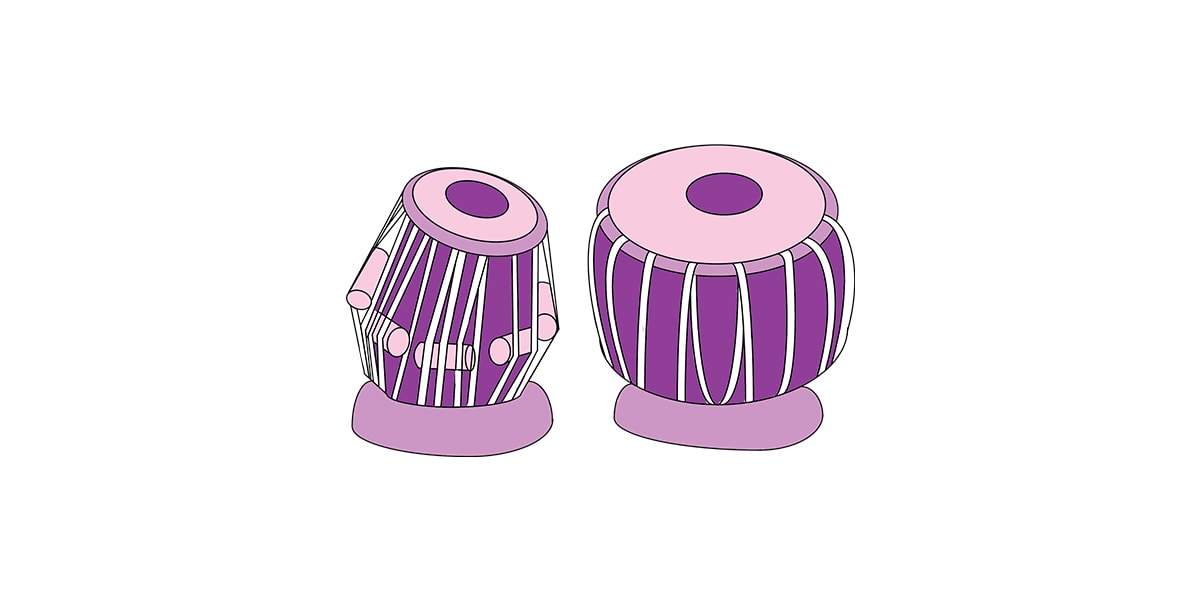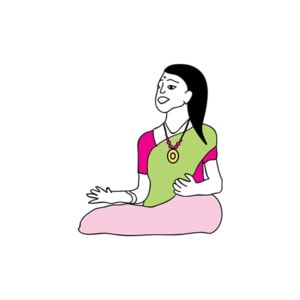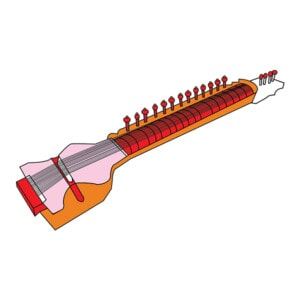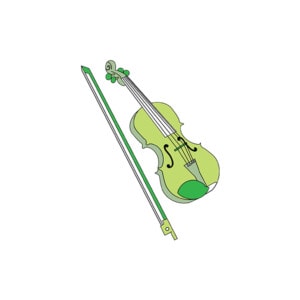What is the Tabla?
The tabla is the percussion instrument most commonly used in north Indian classical music.
The instrument consists of two drums, called bayan (left) and dayan (right) as per the hand they are most commonly played with. The drums consist of a layer of goatskin stretched over a metal or clay vessel. The left and right vessels are shaped differently, with the right being narrow and more cylindrical.
Legend has it that the legendary 13th century musician and Sufi mystic Amir Khusrow broke a mridanga/pakhawaj in half and exclaimed “Toda tab bhi bola!’ (It broke but still spoke!). It is a fun story to hear, but there are no works of Khusrow’s to support this claim.
The tabla is used as both a solo and an accompanying instrument. It is commonly used as an accompaniment for khayal and thumri music. There are many styles of playing the table. They are called gharanas, and there are six major ones- named after the places where they originated. These are Delhi, Lucknow, Farrukhabad, Benares, Ajrara and Punjab. The gharanas differ in the technique used to play and repertoires.
Listen to the Tabla

Performer Name: Kousic Sen
Musical Tradition:
North, Hindustani (Banaras Gharana)
Did You Know
The bols of the tabla are the medium of expression of the instrument. There can be countless combinations of rhythm, and all of these combinations are from the basic bols- Dha Dhin Ga Ka Na Tin Ra Tin Tu, among others.
Where it’s from





























